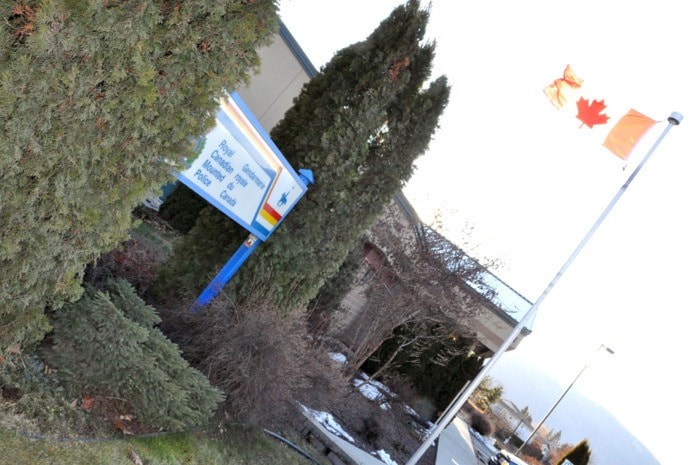“Our members have spent a lot of time lately going to single vehicle accidents with icy road conditions in the area,” Creston RCMP Staff Sgt. Darryl Hammond said on Monday.
With those incidents in mind, he shared some winter safety driving tips provided by Mainroad, an employee-owned highway maintenance company:
•Drivers are required to obey winter tire and chain up signs throughout the province. Certain designated routes require that vehicles are either equipped with winter tires or carry chains from Oct. 1-March 31. Visit DriveBC.ca for more information on the regional highways requiring winter tires and/or chains.
•Get your car winter ready with a maintenance checkup. Make sure your battery, brakes, light and fuses, cooling and heating systems, electrical and exhaust systems, and belts and hoses are in tiptop shape.
•Watch for black ice, a thin layer of transparent ice that forms when the temperature is close to freezing. Slow down when approaching shaded areas, bridges and overpasses, as these freeze sooner than others in cold weather.
•Drop your speed to match road conditions. No matter how much driving experience you have, the way your vehicle will move on snow or ice is unpredictable. The posted speed is the maximum speed for ideal conditions. In winter, it’s safer to drive below the posted speed limit.
•Always check weather and travel conditions before heading out on the road, and if they are bad, avoid travelling. Even an hour or two can make a big difference. If you have to drive, drive smart. Make sure your vehicle is winter ready, give yourself lots of extra time and carry a winter survival kit.
•Keep at least four seconds distance between you and the vehicle in front of you. This will allow plenty of room in situations where you may need to brake suddenly on a slippery surface.
•Carry an emergency survival kit with non-perishable food, blankets and first aid supplies, windshield scraper and snow brush, extra windshield washer fluid, fuel line antifreeze, flares and matches or lighter, tire chains and gloves, shovel and traction mat, sand or kitty litter, flashlight and extra batteries, battery jumper cables, spare tire wheel wrench and jack, extra clothing and footwear, and sandbags for extra weight.
•If you get stuck in a storm, stay calm. Avoid overexertion and exposure. Stay in your vehicle and open your window slightly to make sure you have a supply of fresh air. Use a survival candle for heat. Set out a warning light or flares.
•Plan your route ahead of time. Avoid any roads that may become dangerous during bad weather. Respect road closure signs and barriers and do not attempt to drive on these routes until they are reopened.
•Learn winter road skills. If you are unfamiliar with driving in snow and icy conditions and your job requires you to be behind the wheel, ask your employer for winter driving training. Through training and practice, learn how to brake safely, how to get out of a skid and how your vehicle handles in winter weather.
Hammond also reminds drivers to be especially cautious when approaching highway maintenance vehicles. Slowing down and keeping a safe distance as the vehicles work to make roads safer is important, he said.
